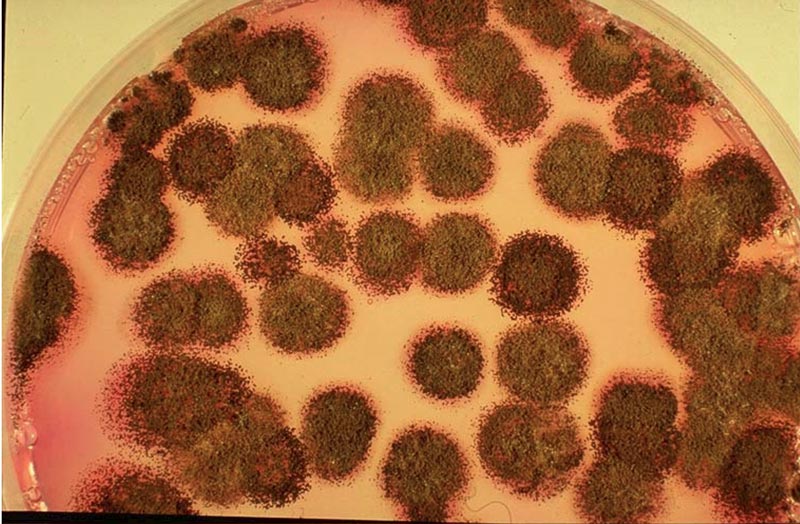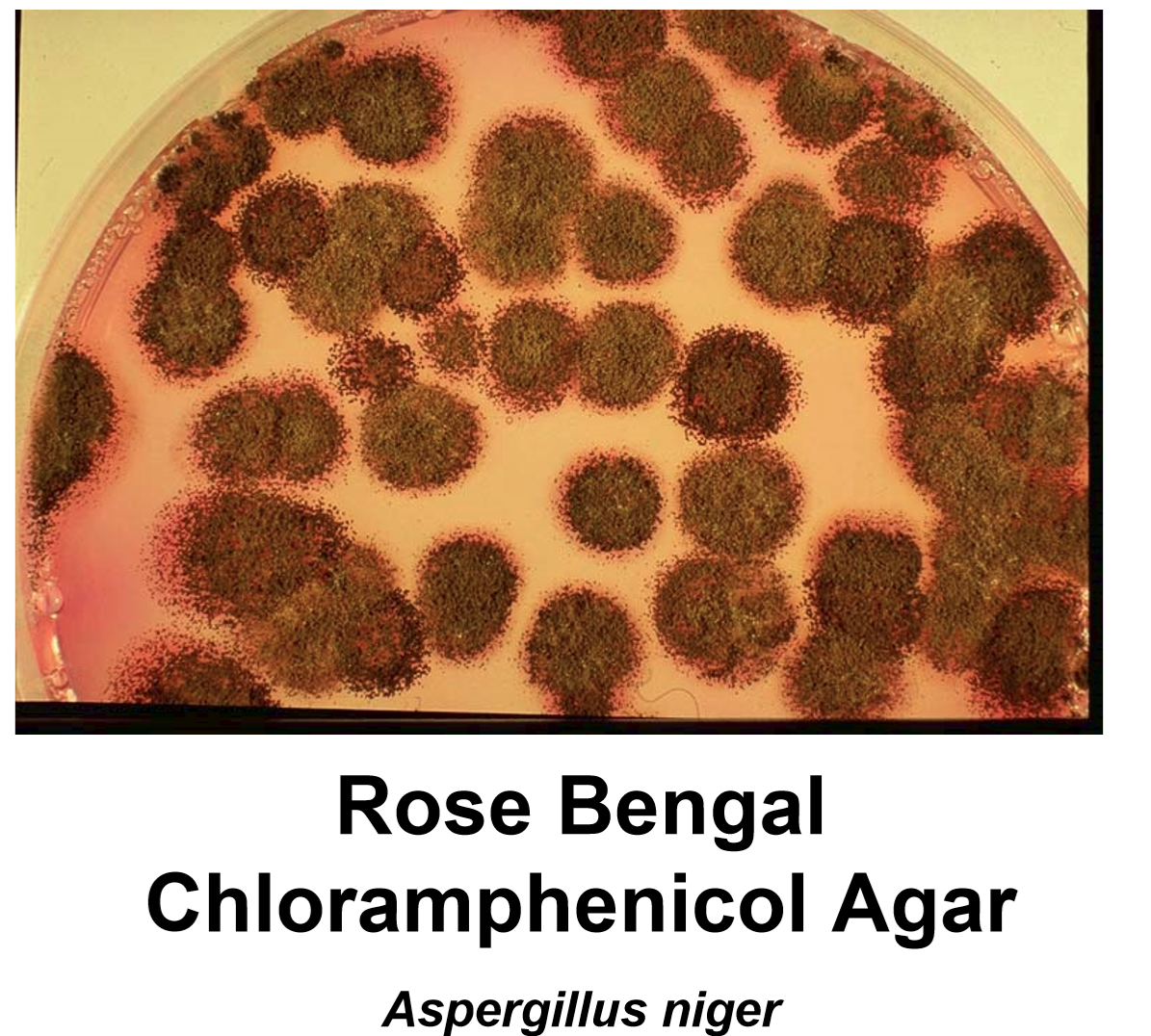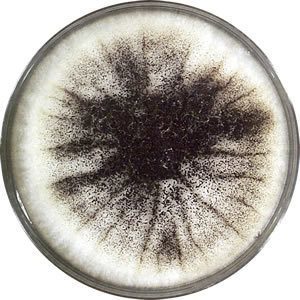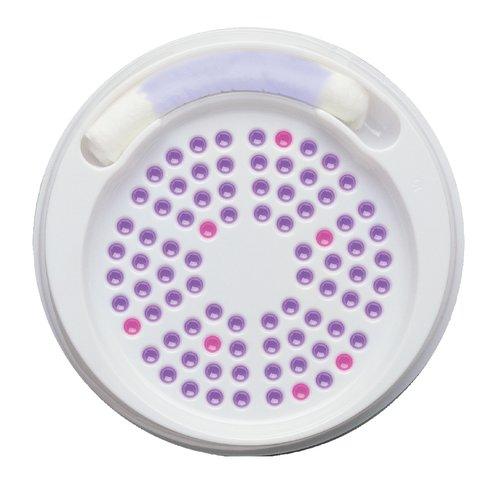Food Safety - Yeast and Mold

Food Safety
Yeast and Mold
Testing for Yeast and Molds in the Food Industry
Yeast and molds are responsible for food spoilage. Recently there are huge concerns on mold in food production because of the production of mycotoxins. Molds invade and grow even on field crops prior to harvesting and their toxins carry into the food chain. Molds grow from 5-45°C and they can also form spores which can survive harsh conditions in food with as low as 0.61 aw water activity. Some heat resistant molds such as Byssochlamys Fulva and Neosartorya Fischeri can survive pasteurization temperatures. There several hundred genera of molds and there is virtually a mold for all occasion. Traditional colony counts for yeast and molds require 5-7 days. The interpretation of counts is difficult due to spreading. Bioscience Diagnostic Singapore provides conventional and rapid methods for fast and accurate enumeration of yeast and molds.

These methods employ a surface plating technique where a known quantity of sample is spread over the surface. ISO 21527 recommends DRBC as a selective medium which has chloramphenicol to suppress bacteria growth. Colonies can sub cultured onto non selective agar e.g. Malt Extract Agar (MEA) or Potato Dextrose Agar (PDA) for microscopic examination.

Sabouraud Dextrose Agar is used for the cultivation and isolation of yeast and molds fungi. It is supplemented with 50mg/l of chloramphenicol for the suppression of bacteria. The difficulty of enumeration is obvious on this plate.

SimPlate for Yeast and Mold Color Indicator (Y&M-CI) method is used for the detection and quantification of yeast and mold in foods. It is based on Binary Detection Technology (BDT) which equates the presence of yeast and mold to the presence of a color change in the medium. The medium/sample mixture is dispensed into a SimPlate device, and incubated for a minimum of 56 hours. The medium changes color in the presence of yeast and/ or mold. The yeast and mold count is determined by counting the wells with changed color and referring to the SimPlate Conversion Table. This is an AOAC OMA approved method
LEARN MORE
Reach Us Today

We provide the best services about science.
About Company
Sitemap
Please contact our friendly sales staff for more information.
Feel free to ask us questions. We would love to assist you !
